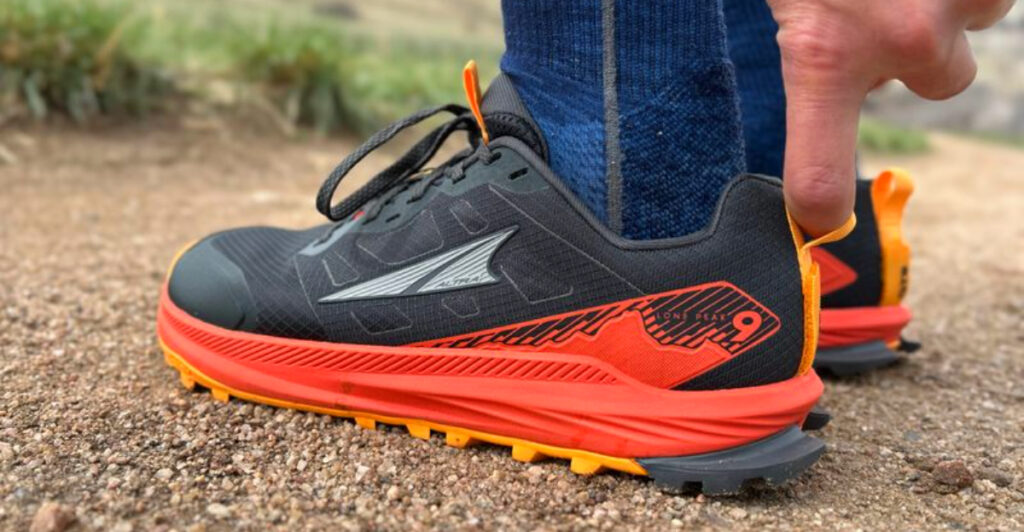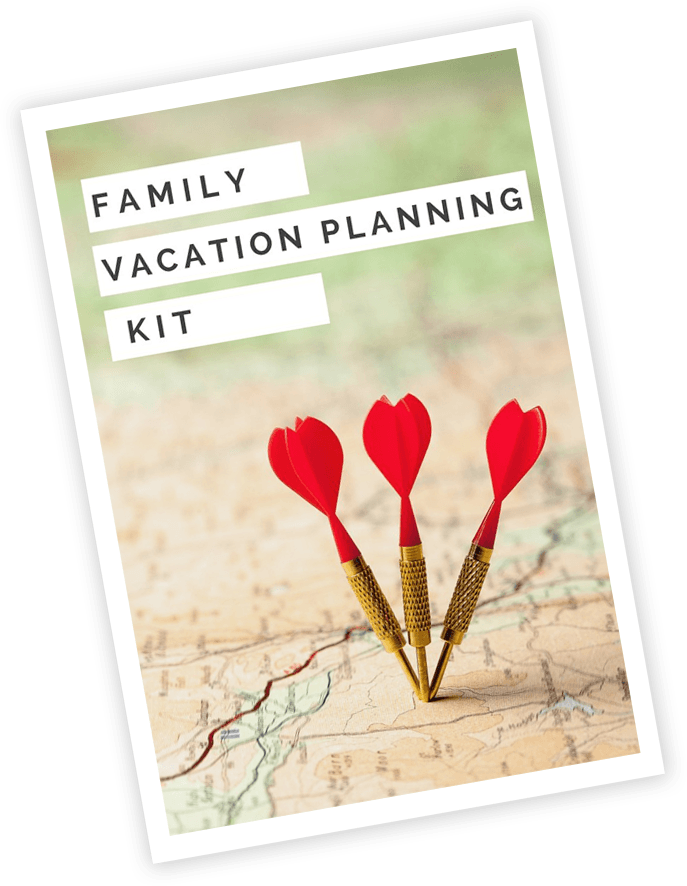Planning a national park adventure means thinking about more than just your destination. Your feet will carry you through miles of trails, rocky paths, and unpredictable weather, so choosing the right footwear is essential. The perfect hiking shoe combines comfort, support, and durability to keep you moving confidently from sunrise to sunset.
Hoka Speedgoat 6
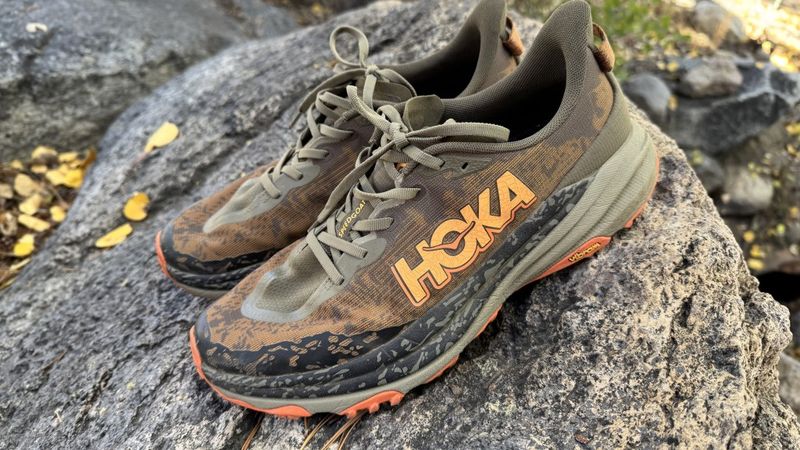
GearJunkie crowned this model the best hiking shoe of 2025, and for good reason. Plush cushioning wraps your feet in comfort during those long, winding trails, while aggressive lugs grab onto everything from muddy slopes to loose gravel.
The stable ride handles both steep climbs and tricky descents with confidence. However, hikers with wider feet might find the fit a bit snug at first.
Breaking them in before your big trip is smart. Overall, the Speedgoat 6 delivers exceptional all-terrain performance that makes tackling national park adventures feel effortless and enjoyable.
Merrell Moab 3
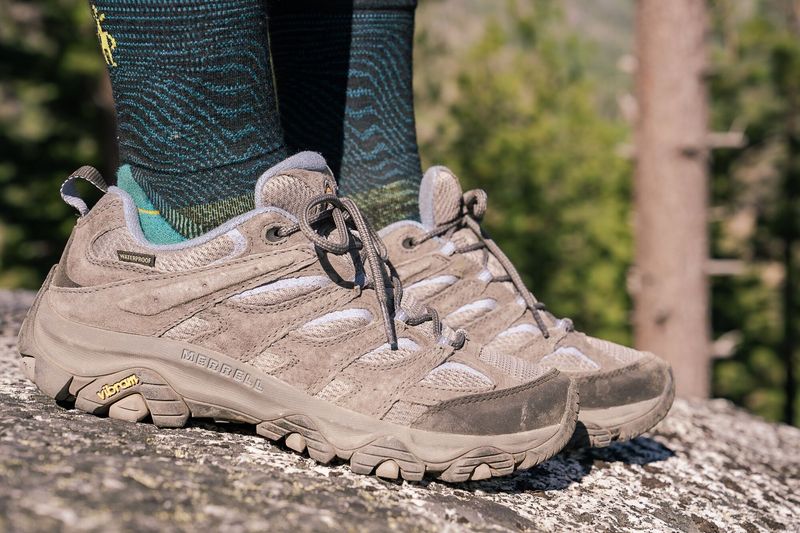
Budget-conscious hikers rejoice—this shoe won’t empty your wallet while still delivering solid trail performance. Proven comfort and decent support make it a reliable choice for everyday adventures through national parks.
GearJunkie recognizes it as their top budget pick for 2025, which speaks volumes about its value. You get good traction and durability without the premium price tag attached to fancier models.
The trade-off? It lacks some high-end technology found in pricier shoes and might struggle on extremely aggressive terrain. For most park trails, though, the Moab 3 handles beautifully.
Oboz Katabatic Low B-DRY
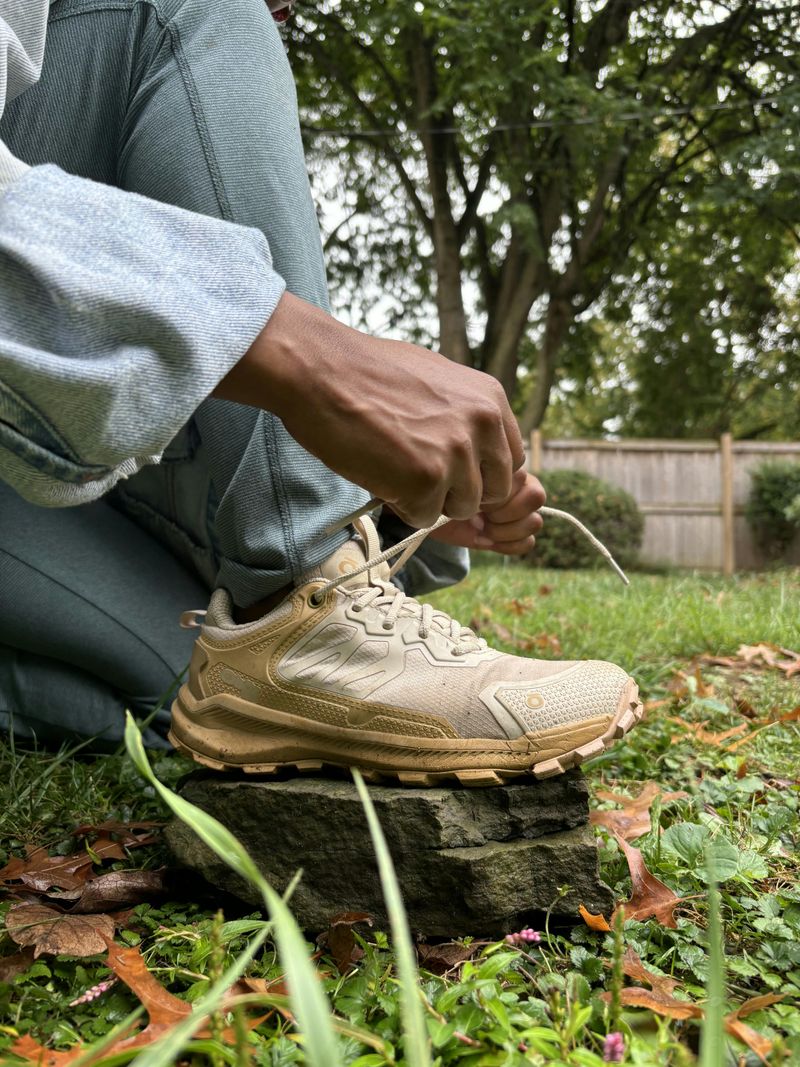
Treeline Review picked this versatile performer for everything from quick day hikes to light backpacking trips. The B-DRY waterproof membrane keeps your feet dry when crossing streams or trudging through morning dew.
Solid support and a comfortable fit mean your feet stay happy mile after mile. Already broken in, these shoes feel ready for action right out of the box.
Just remember that waterproof membranes can reduce breathability during hot summer days. If you’re hiking in warm, dry climates, your feet might feel a bit toasty inside these protective shoes.
Salomon X Ultra 5 GTX
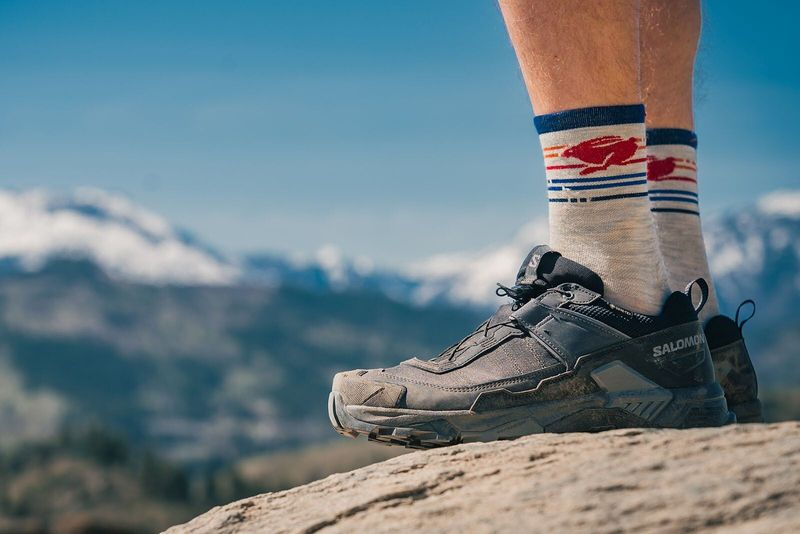
RunRepeat named the X Ultra series their best overall hiking shoe for 2025, highlighting its legendary reputation among serious hikers. Reliable traction grips technical trails with confidence, while the stable design handles rocky, uneven paths beautifully.
Salomon has refined this series over multiple generations, creating a shoe that performs consistently across varied conditions. The Gore-Tex version provides excellent waterproofing for wet environments.
One consideration: GTX models tend to run warmer than non-waterproof versions. If you’re exploring desert parks or hiking during summer, the non-GTX option might keep your feet cooler and more comfortable throughout the day.
La Sportiva Spire GTX
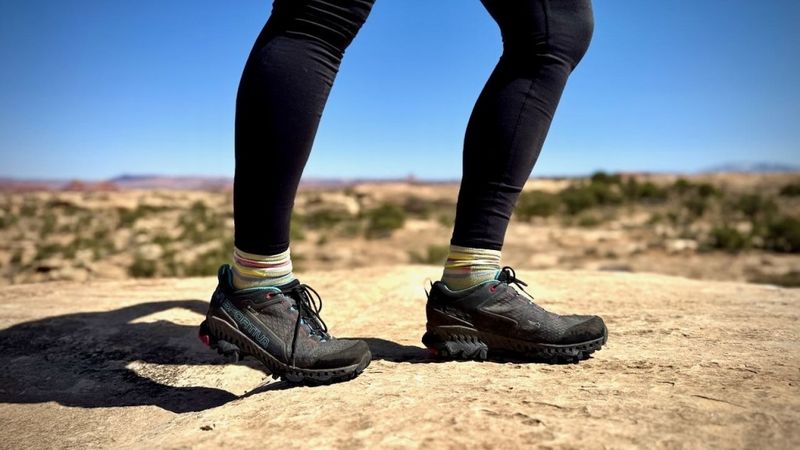
When trails get tougher, this technical shoe rises to the challenge. Treeline Review recommends it for longer or more rugged paths where extra structure and support become essential.
Waterproofing keeps moisture out during unpredictable weather, while the robust design handles varied terrain without breaking a sweat. Good structure means your feet stay supported even when carrying a heavier pack.
The downside? These shoes carry more weight than lighter models, which you’ll notice on longer hikes. Pairing them with quality socks helps maintain comfort during warmer stretches, preventing hot spots and blisters from developing along the way.
KEEN Targhee IV Waterproof
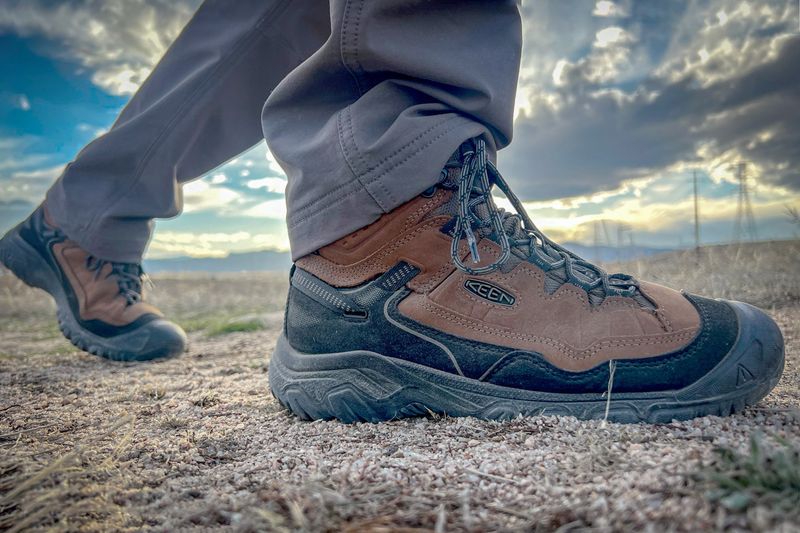
Wide-footed hikers finally have a champion. Treeline Review highlights the Targhee IV for its roomy toe box that lets your feet spread naturally without pinching or cramping.
A reliable all-terrain outsole tackles mud, rocks, and roots with equal confidence. The waterproof design means puddles and stream crossings won’t slow you down or leave you with soggy socks.
Built tough for rugged durability, these shoes can handle serious abuse on challenging trails. The bulkier profile might feel less sleek compared to streamlined models, and people with narrow feet may find them too spacious for optimal fit and control.
Columbia Crestwood
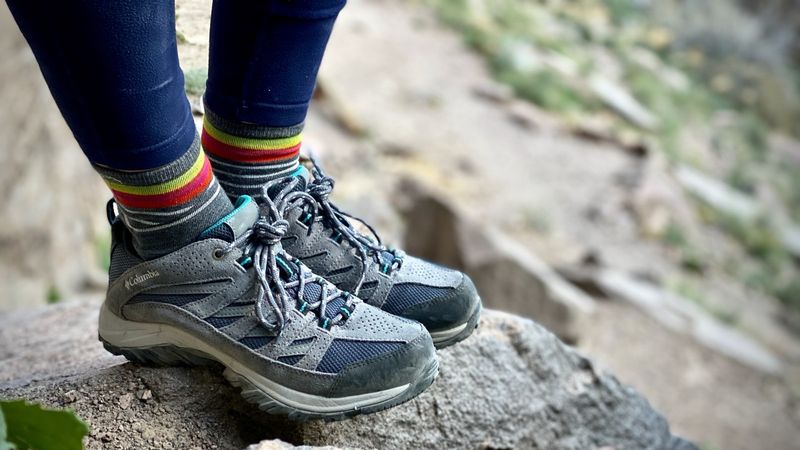
OutdoorGearLab recognizes this as a solid pick for under one hundred dollars, proving you don’t need to spend a fortune for comfortable park exploration. Decent trail performance handles moderate paths without issues.
The affordable price point makes it perfect for occasional hikers or families outfitting multiple people for vacation adventures. You get stability and support without the premium cost attached to top-tier brands.
Keep expectations realistic—this isn’t an ultra-technical shoe designed for extreme terrain. Stick to well-maintained trails and moderate conditions, and the Crestwood will serve you well throughout your national park journey without breaking your budget.
Altra Lone Peak 9
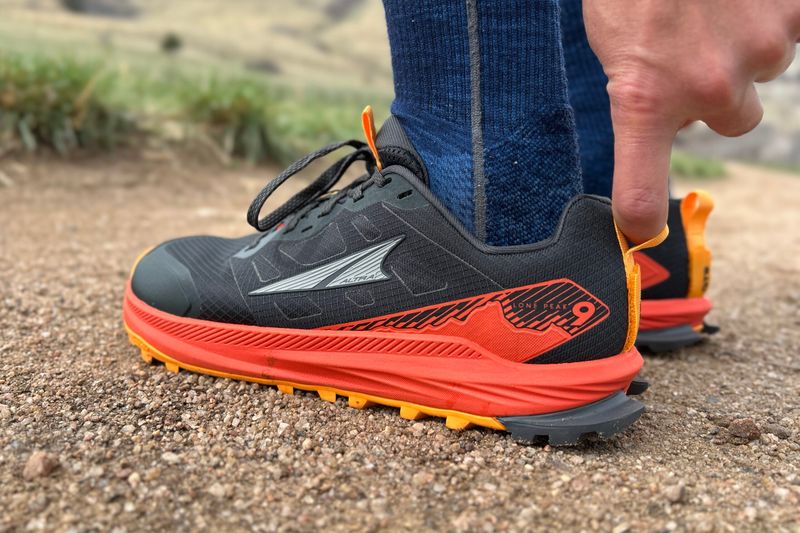
OutdoorTrekker praises this shoe’s balanced cushioning and trail versatility across mixed terrain. The signature roomy toe box follows your foot’s natural shape, allowing toes to splay comfortably during long hikes.
Good traction handles everything from dirt paths to rocky scrambles with surprising grip. The natural foot shape design promotes healthier biomechanics, reducing fatigue over extended distances.
Available in both waterproof and regular versions, though the non-waterproof option leaves feet vulnerable to moisture. Additionally, the less rigid support might feel unstable on extremely rocky ground compared to more structured hiking shoes with stiffer midsoles and shanks.
Scarpa Rush 2 Pro GTX
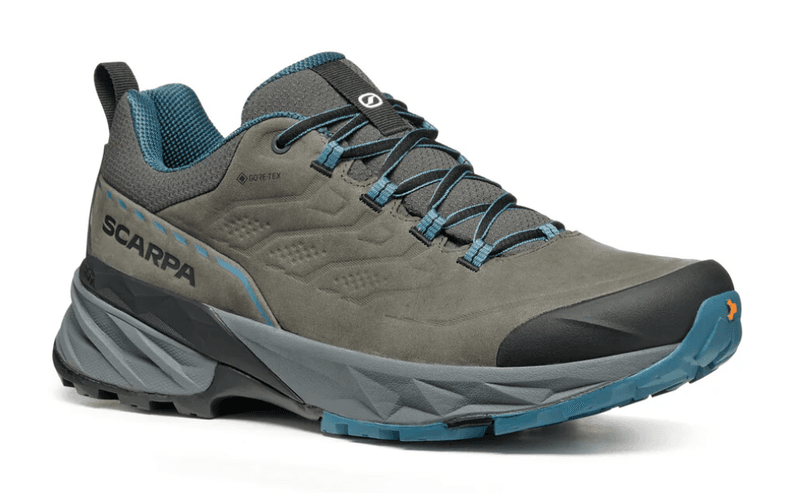
Treeline Review included this among their best shoes for tougher trails in 2025, recognizing its technical prowess on challenging terrain. The waterproof design keeps feet dry during unpredictable mountain weather.
Excellent support stabilizes your feet and ankles on steep, uneven paths where confidence matters most. Built for demanding conditions, these shoes won’t let you down when trails get serious.
The firmer ride provides stability but might feel stiff initially compared to softer, cushier models. Breaking them in gradually before your trip ensures maximum comfort when you need it most, preventing painful blisters during those critical first miles on the trail.

